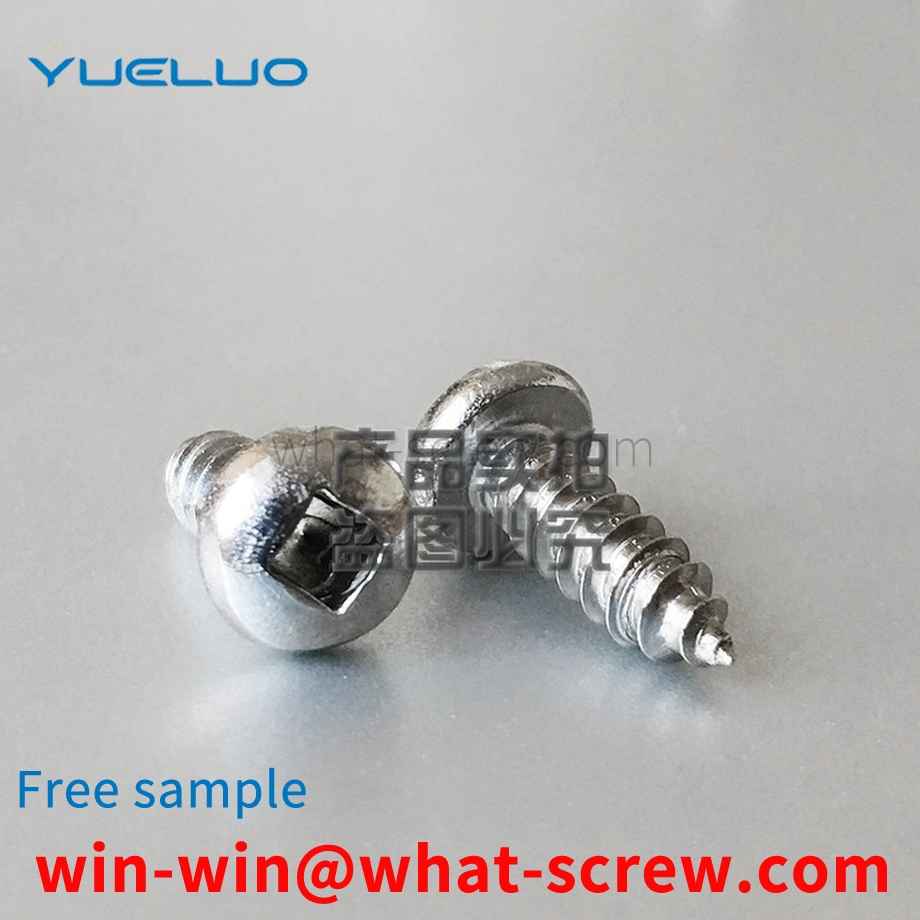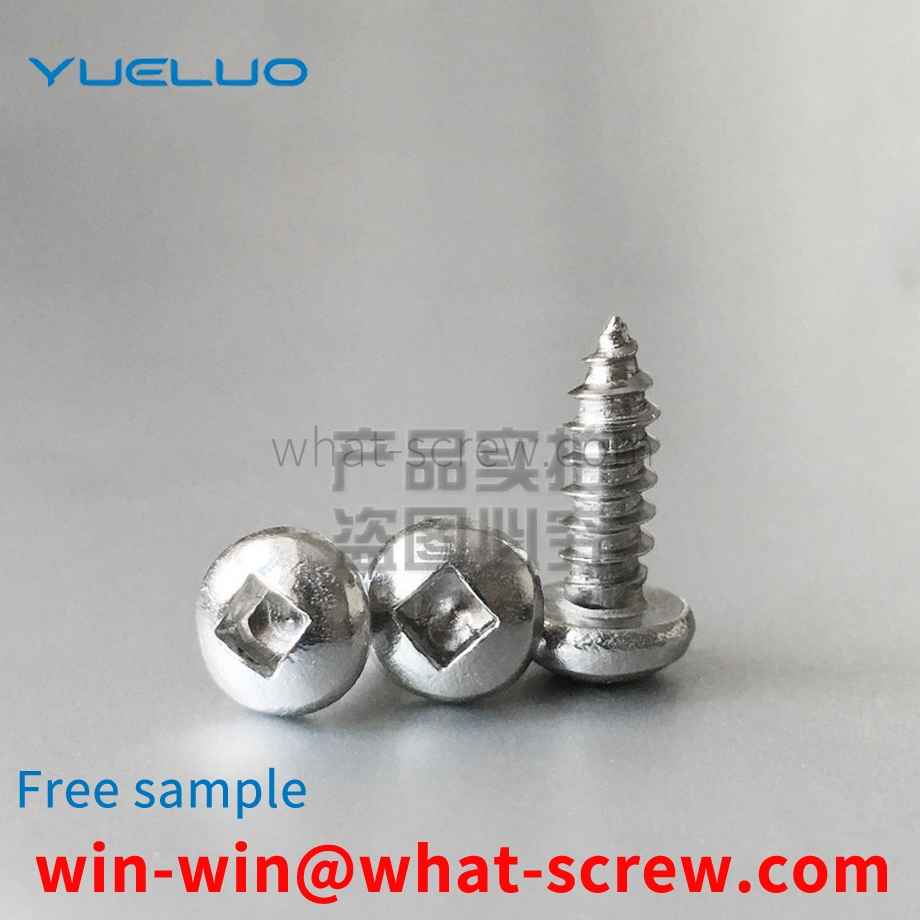T-bolt with a spring, used for undercutting the opening of the outer closed cavity, including a head and a rod part connected in one piece, and also including a strip spacer, a spring and a pull rod, and the length of the strip spacer is greater than The opening, the connecting part of the head and the rod part are set as polygonal anti-rotation blocks, and the strip-shaped spacer is provided with anti-rotation holes for inserting the anti-rotation blocks, and the shape and size of the anti-rotation holes are the same as The size of the anti-rotation hole is smaller than that of the head; the spring is threadedly matched with the rod part, and is fixedly connected with the pull rod, and the pull rod moves away from the rod part along the axial direction of the rod part One side of the head extends. The utility model can be easily and reliably buckled in the opening of the airtight cavity, thereby facilitating the installation and connection of external parts.
With the continuous improvement of automation technology, human participation in the production process is gradually decreasing, especially in the processing of some small parts, the manual processing efficiency and accuracy are low. Whether the screws can be stably picked up and installed automatically is of great help to improve automated production.
Existing wood screws are composed of a threaded portion with a tapered angle and arranged along a tapered stem and a screw head. The head of the screw can be a countersunk head, hemispherical, or other shapes, and the head of the screw has a groove that fits with the tool, a word groove, and a concave cross groove. The taper angle of existing wood screws is either 45 degrees or 60 degrees, and the front end of the taper angle is a pointed point formed by a rotating thread. The existing wood screws have the following three deficiencies in use. Because the taper angle is 45 degrees or 60 degrees, and the thread angle is 71 degrees, the resistance when entering the material is relatively large, so the existing wood screws are manually screwed. It is difficult to screw in, especially when it is used for hardwood materials, and it often happens that the groove of the screw head is screwed out; A large lateral moment will be formed when the screw is screwed, which is prone to the problem of deviation from the position; in addition, because the existing screw is tapered, it will be subjected to both radial force and axial force when entering the material, and its stress state It is more complicated, so it is easy to cause the cracked wood material to burst, and even cause the material to have longitudinal cracks and be unusable.
Slotted Round Head Wood Screws GB 99-86 Slotted Countersunk Head Wood Screws GB 100-86 Slotted Half Countersunk Head Wood Screws GB 101-86 Hexagon Head Wood Screws GB 102-86 Cross Recessed Round Head Wood Screws GB 950-86 Cross Slotted countersunk head wood screws GB 951-86 Cross recessed countersunk head wood screws GB 952-86
Yueluo relates to a self-tapping screw according to the preamble of claim 1. A self-tapping screw is known from EP0623759B1, the ratio of the outer diameter to the smaller diameter of the self-tapping screw is about 1.25-1.5, the ratio of the outer diameter to the pitch lead is about 1.5-1.6 and the thread The flank angles of , are < 50° and ≥ 35°. EP0433484B1 proposes a self-tapping screw whose thread is provided with cutting teeth of approximately arcuate design, and the cutting edge and the thread crest are at the same horizontal position and are set in opposite directions. One purpose of Yueluo is to realize a general type of self-tapping screw so that it can be screwed particularly easily into holes drilled in concrete or other materials such as bricks and the like. According to Yueluo, this object is achieved by the features in the characterizing part of claim 1, and surprisingly, it has been found that the parallel arrangement of the flanks, ie with a flank angle of about 0°, will make screwing particularly easy when screwing in , especially if the diameter of the hole varies within an allowable tolerance. One reason may be due to the fact that there is no lateral pressure on the material screwed into the thread, even if threads of different depths are cut in concrete or other materials such as brick, chipped plywood, or hardwood. The thread cuts into the material over its entire width by cutting grooves. In particular according to the embodiment of claim 13 the material cut out when screwing in the screw can be discharged without any accumulation, the dependent claims reflecting many advantages of further embodiments.
We have many years of experience in the production and sales of screws, nuts, flat washers, etc. The main products are: iron eyelet rivets, countersunk head cross recessed bolts, GB221976 screws, color zinc pull cap nuts and other products, we can provide you with fastening suitable for you piece solution.



















 Service Hotline
Service Hotline




